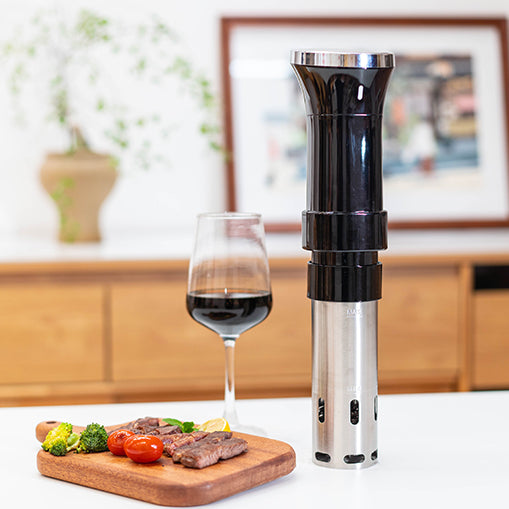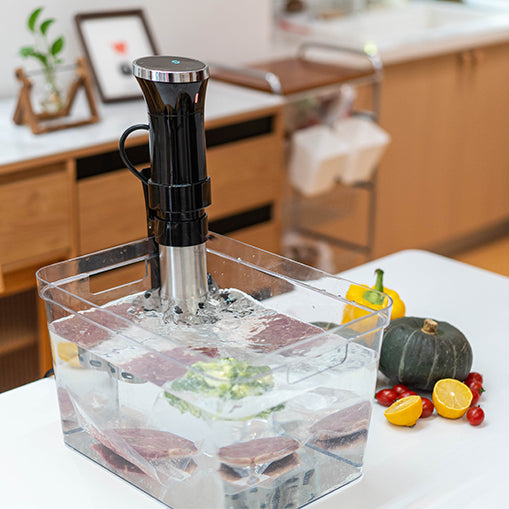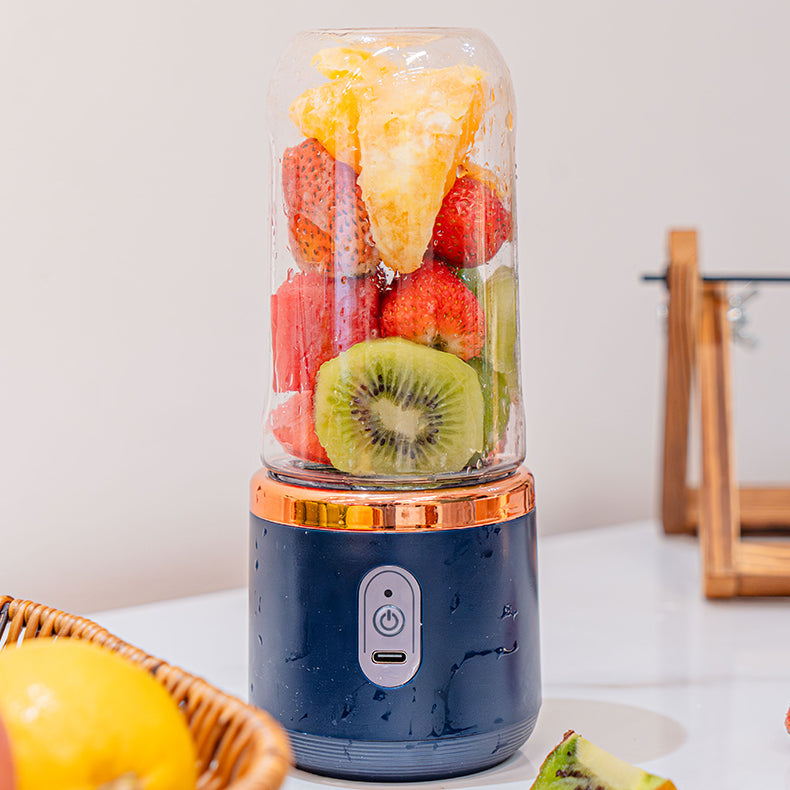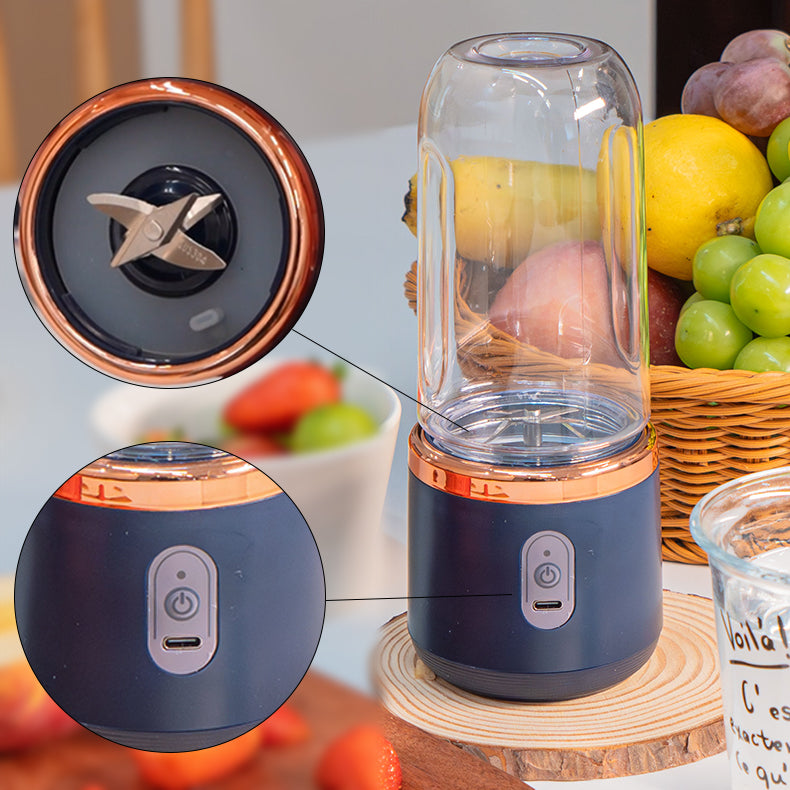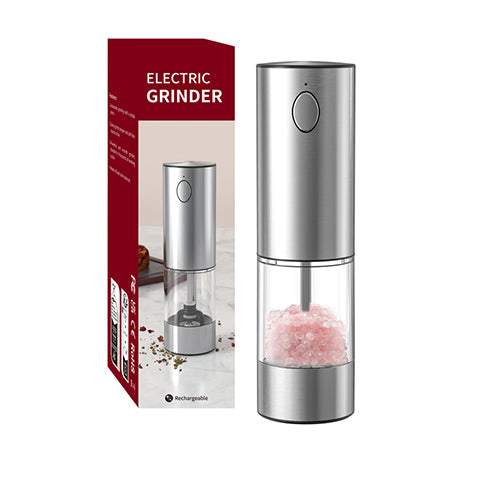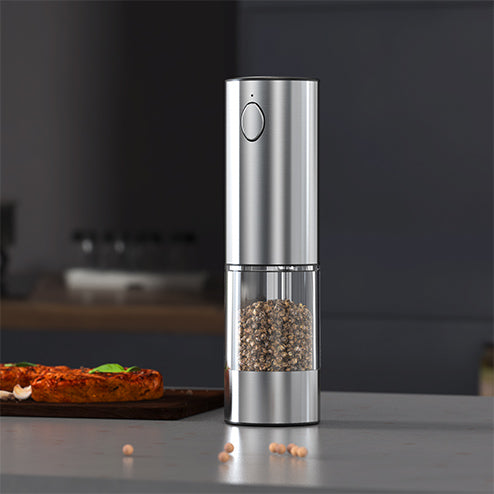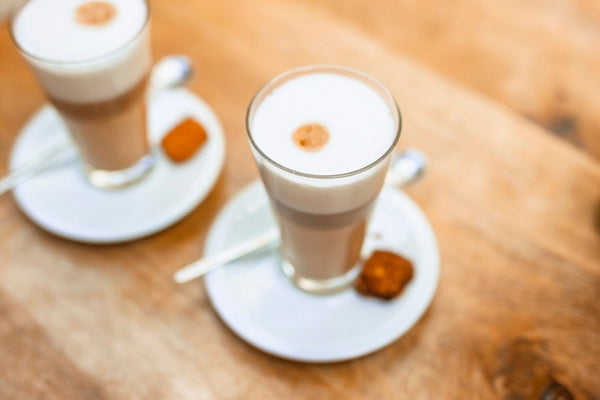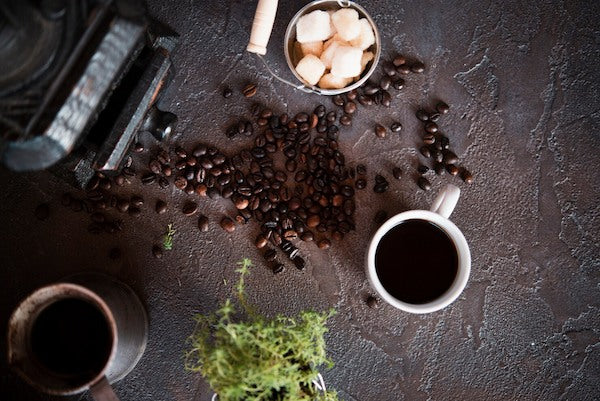Sous vide is a powerful cooking method that can be applied to a variety of meats, and picanha is one of the most rewarding choices for this technique. This prized Brazilian cut, known for its fat cap that renders beautifully when cooked, benefits greatly from the precise temperature control of sous vide cooking.
In this guide, we explore in detail the process of sous vide picanha, from selecting the right cut to the sous vide picanha cooking time. We’ll also share essential tips to help you master this dish. Whether you're hosting a dinner party or simply looking for a foolproof way to impress at your next family meal, follow this guide to achieve perfectly cooked picanha every time.

What Is Picanha & Why Sous Vide?
Picanha is a revered cut of beef from the top of the cow's rump, notable for its flavorful fat cap that ensures juiciness when cooked. Traditionally a star in Brazilian barbecues, picanha's popularity is rising globally. The traditional method involves grilling, which highlights its robust flavor and tender texture.
Using sous vide for picanha elevates its natural attributes through precise temperature control, crucial for such a high-quality cut. This technique prevents overcooking and retains all the meat’s flavors by cooking it in a sealed bag at a consistent temperature. The sous vide ensures every slice is evenly cooked, juicy, and packed with flavor, delivering a steakhouse-quality result right at home.
Ingredients and Tools You’ll Need
After a brief introduction to the sous vide rump cap, let's dive headlong into our celebrated sous vide picanha recipe. Begin your culinary adventure by ensuring you have the following ingredients and tools ready:
Ingredients
Picanha Cut: 1 to 1.5 kg of picanha, preferably with the fat cap intact to preserve juiciness and flavor.
Coarse Salt: Enough to generously season the meat, bringing out its rich flavors.
Black Pepper: Freshly ground, for a bit of spice and depth.
Garlic Powder: Optional, for those who prefer an extra hint of garlic.
Fresh Herbs: Such as rosemary or thyme, to infuse the meat with aromatic flavors during the sous vide process.
Tools
Sous Vide Machine: This device will maintain the water at a consistent temperature throughout the process of sous vide picanha whole.
Large Pot or Sous Vide Container: To hold the water and meat during cooking.
Vacuum Sealer with Bags: Essential for sealing the picanha with seasonings, which enhances flavor infusion and ensures even cooking.
Skillet or Grill: For searing the meat post-sous vide to develop a deliciously crispy crust.
Detailed Cooking Steps
With the ingredients and tools at your fingertip, you're ready to embark on creating a succulent wagyu picanha sous vide. Here's a step-by-step guide to how to sous vide picanha.

Step 1: Prepare Your Sous Vide Setup
Fill your large pot or sous vide container with water and set up your sous vide machine. Adjust the water temperature to your preferred doneness: 131°F/55°C for rare to medium-rare, 134°F/57°C to 140°F/60°C for medium, or up to 145°F/63°C for medium-well.
Step 2: Season the Picanha
Take your picanha cut, ensuring the fat cap is intact. Generously season the beef with coarse salt, freshly ground black pepper, and optionally, a sprinkle of garlic powder. You can also add fresh herbs like rosemary or thyme to the bag to infuse the meat with aromatic flavors during cooking.
Step 3: Vacuum Seal the Meat
Place the seasoned picanha into a vacuum seal bag. Ensure it's nicely spread out so that it cooks evenly. Use your vacuum sealer to remove all air from the bag and seal it securely. This process helps in flavor infusion and promotes even cooking.
Step 4: Sous Vide the Picanha
Submerge the vacuum-sealed picanha in the pre-heated water bath. How long to sous vide picanha? Cook it for approximately 6 hours. This long duration allows the heat to tenderize the meat thoroughly while maintaining its juicy interior.
Step 5: Sear the Picanha
Once cooked, remove the picanha from the bag and pat it dry with paper towels. Heat a skillet or grill to high heat. Sear the fat cap side down first for about 1-2 minutes to render the fat and crisp it up, then sear the other side for 45 to 60 seconds to develop a rich, golden crust.
Step 6: Rest, Slice, and Serve
Let the sous vide picanha roast rest for a few minutes after searing to allow the juices to redistribute. Slice against the grain to ensure each piece is tender. Serve immediately and enjoy the deep, nuanced flavors and buttery texture of your perfectly cooked sous vide picanha.

Some Additional Tips for Perfection
Mastering sous vide cooking, especially with a premium cut like picanha, requires more than just following a recipe. Here are some key tips to elevate your cooking skills and ensure every dish turns out spectacularly:
Always Sear the Fat Side
First When searing your picanha, always start with the fat cap side down. This approach renders the fat, releasing flavorful juices that baste the meat during the searing process. It also helps to create a beautifully crispy and golden crust that adds texture and flavor to the succulent meat underneath.
Maintain the Minimum Temperature
Never set the sous vide picanha temperature below 131°F/55°C when cooking picanha. Temperatures lower than this might not achieve the desired texture and could result in undercooking the meat. Sticking to the ideal temperature range ensures that the picanha is safely cooked to perfection, retaining its tenderness and flavor.
Use a Preheated Pan for Searing
For the best sear, preheat your skillet or grill to a high temperature before adding the meat. A hot surface ensures a quick and even sear, which locks in flavors and enhances the meat’s texture without overcooking the inside. Make sure the pan or grill is smoking slightly before you lay down the picanha.
Conclusion
This sous vide picanha recipe is yet another proof that the sous vide method is not just a culinary trend but a transformative approach to cooking that guarantees precision and unparalleled taste. By controlling the temperature meticulously, you can achieve a level of doneness and tenderness that is difficult to replicate with traditional cooking methods. So next time you're in the mood for an exceptional steak, let your sous vide machine work its magic!

